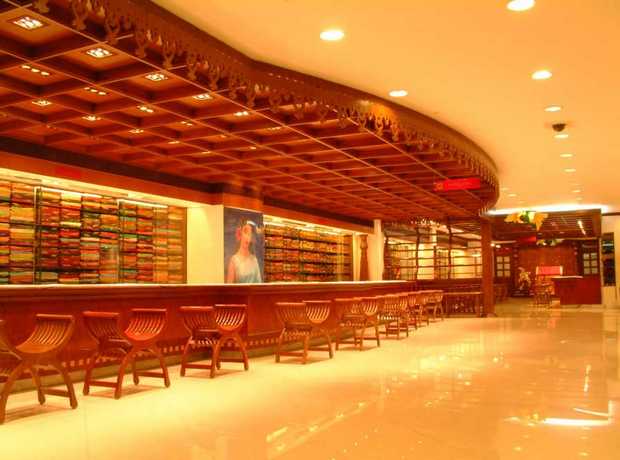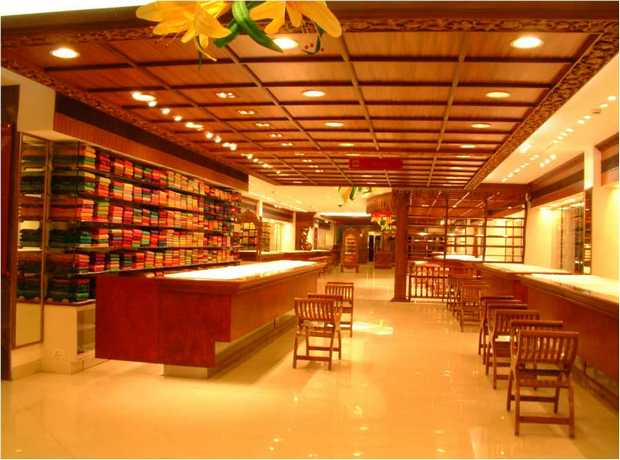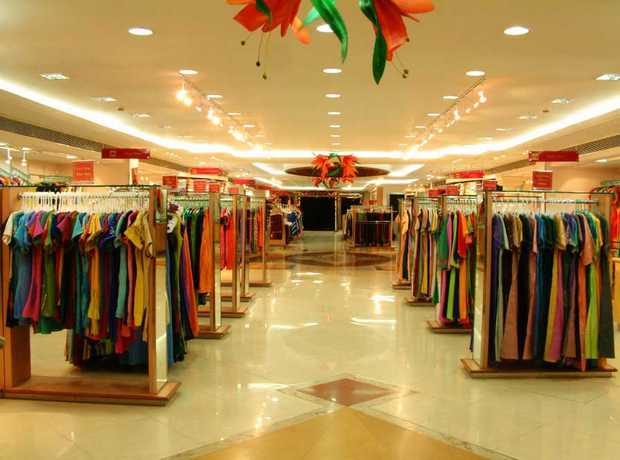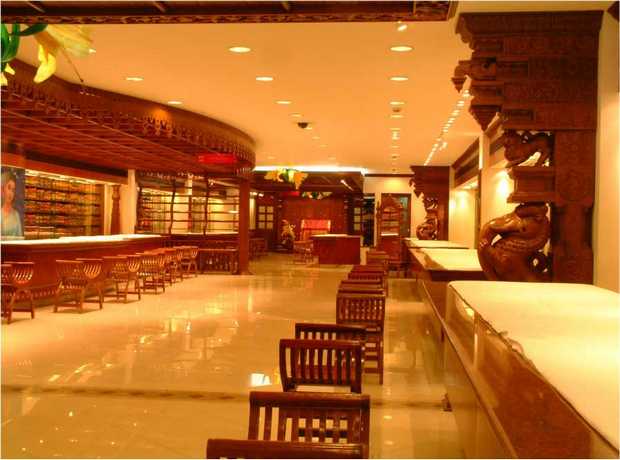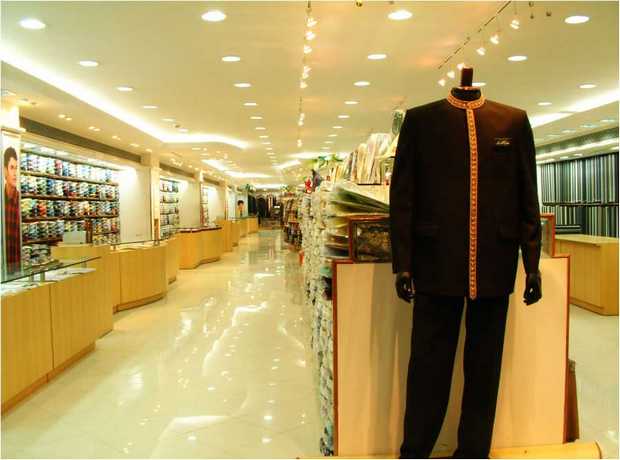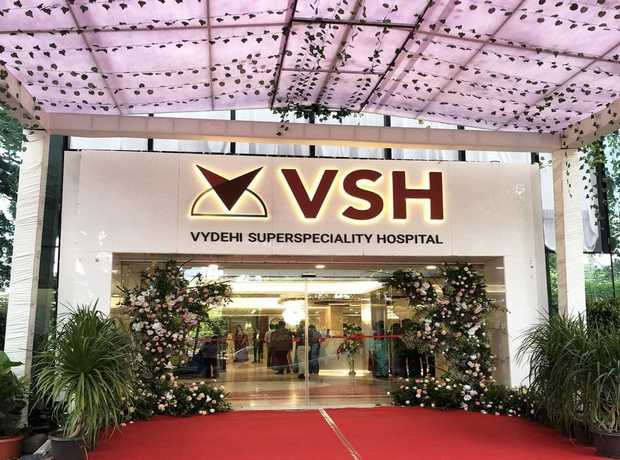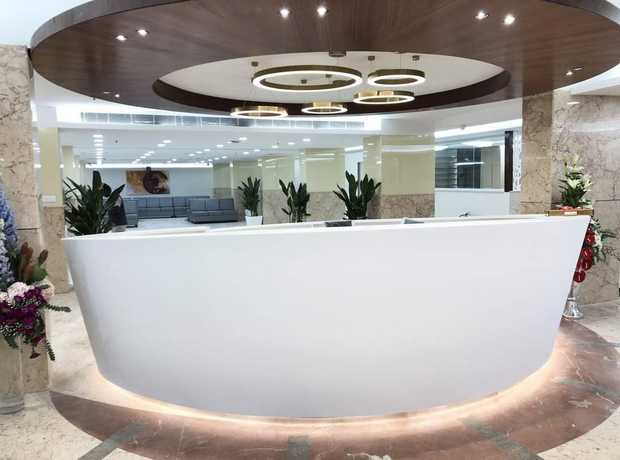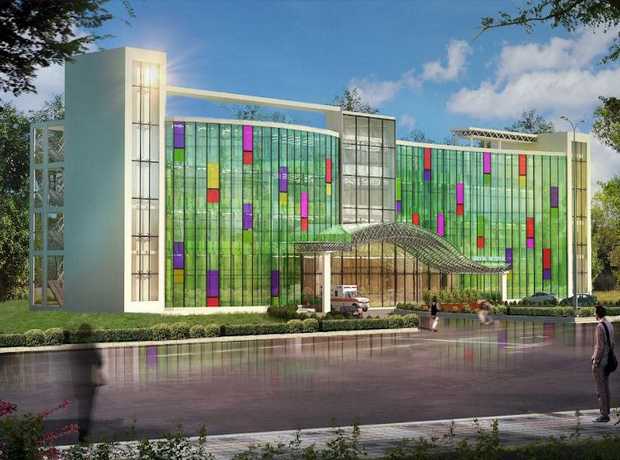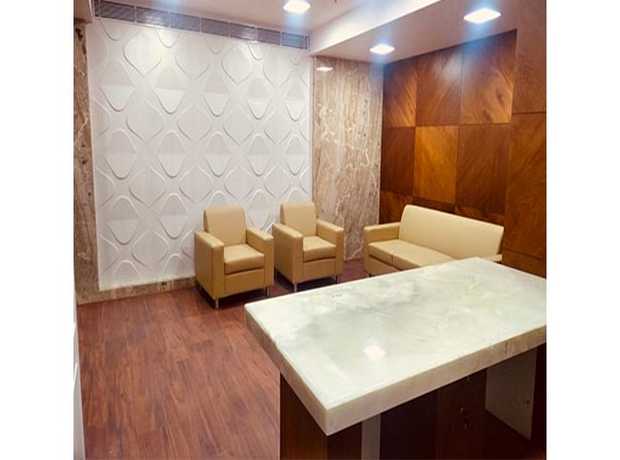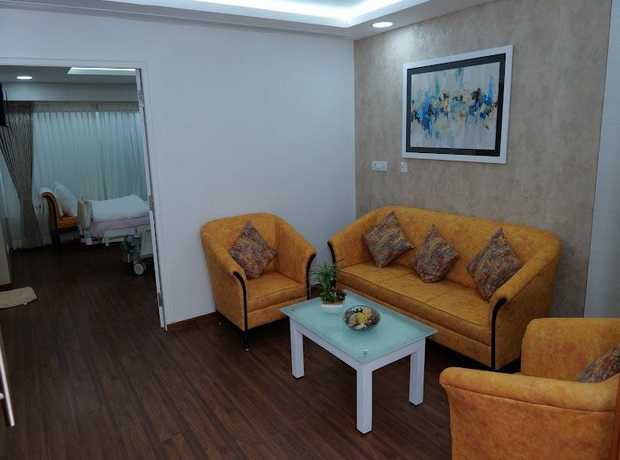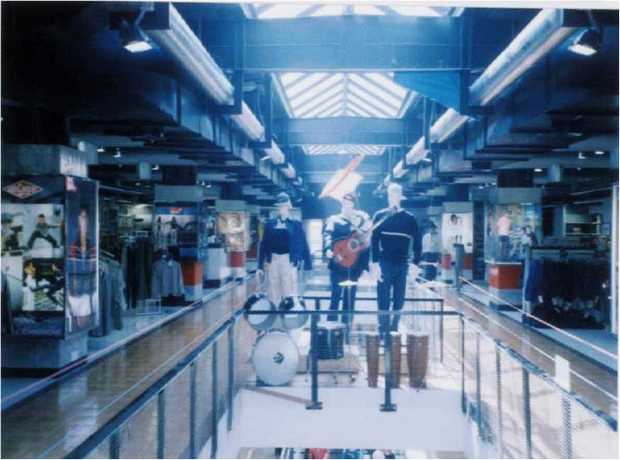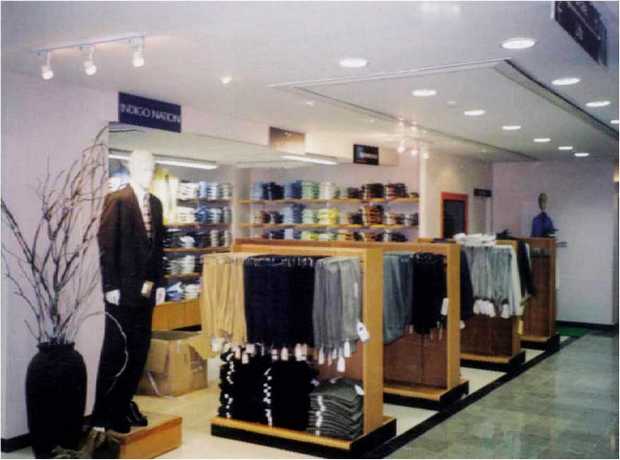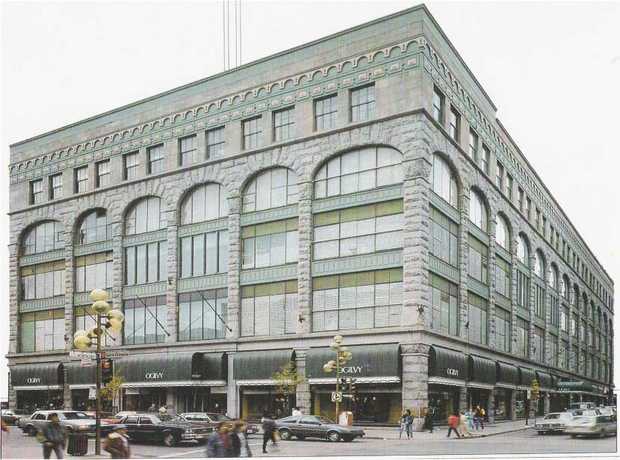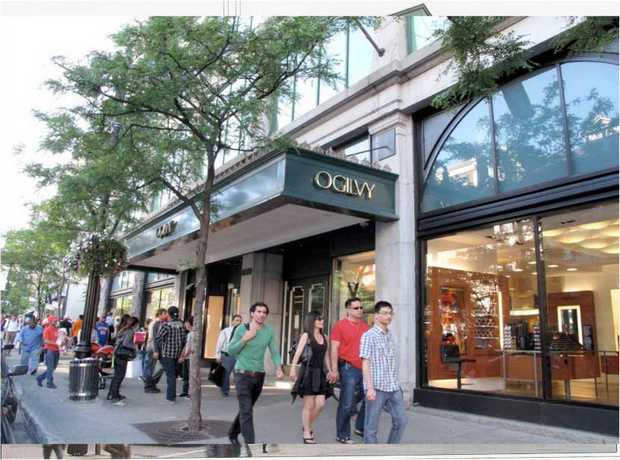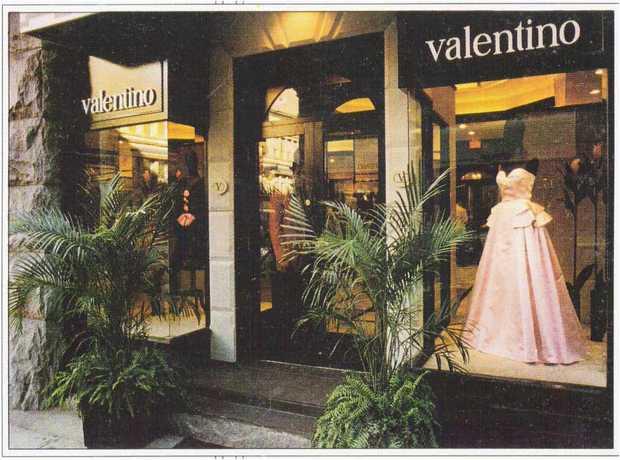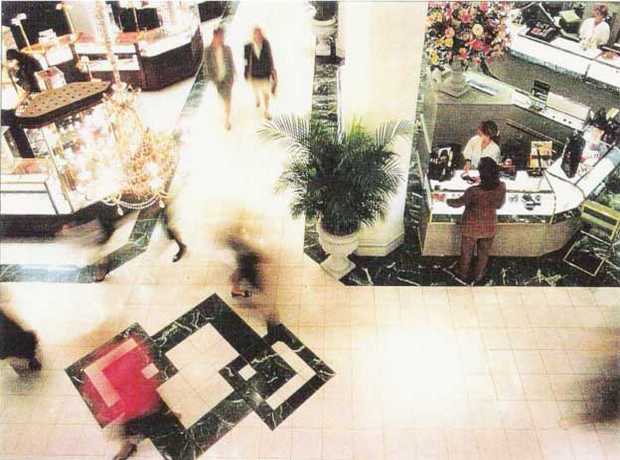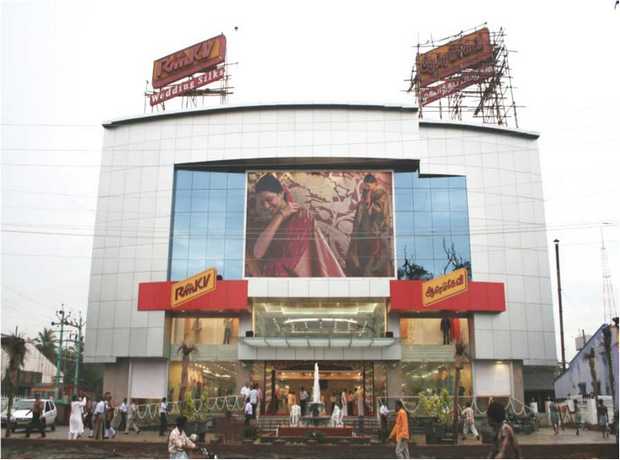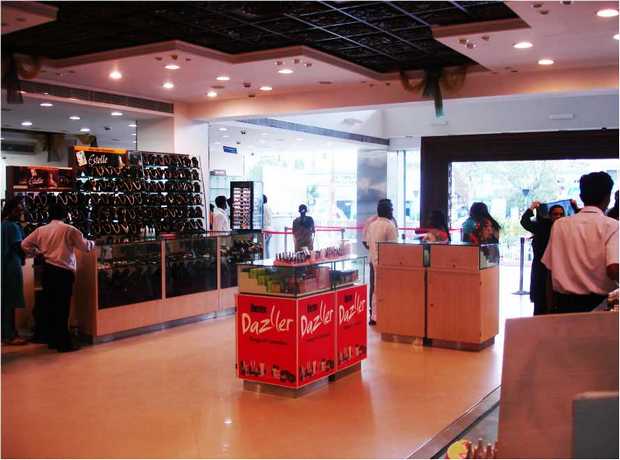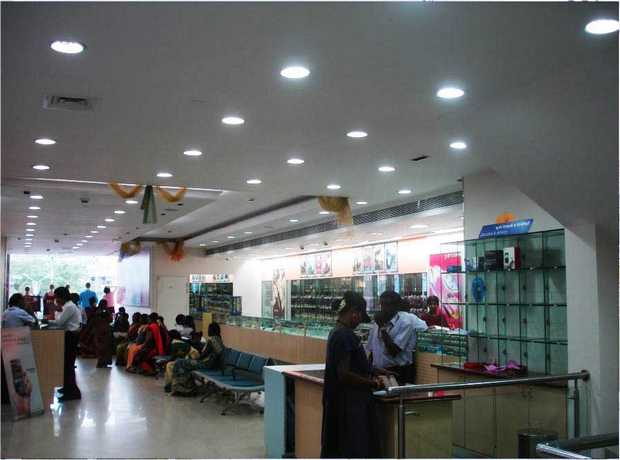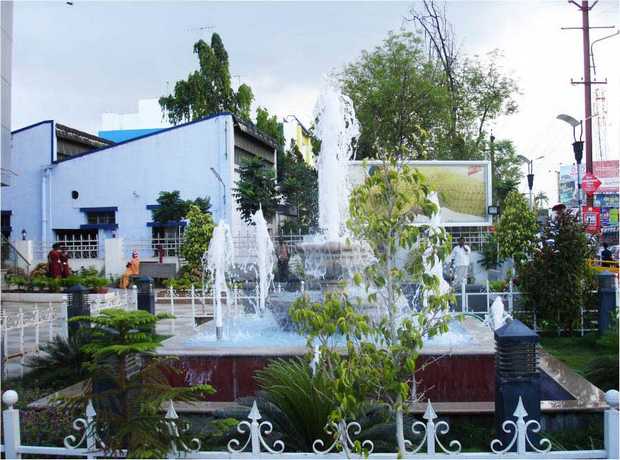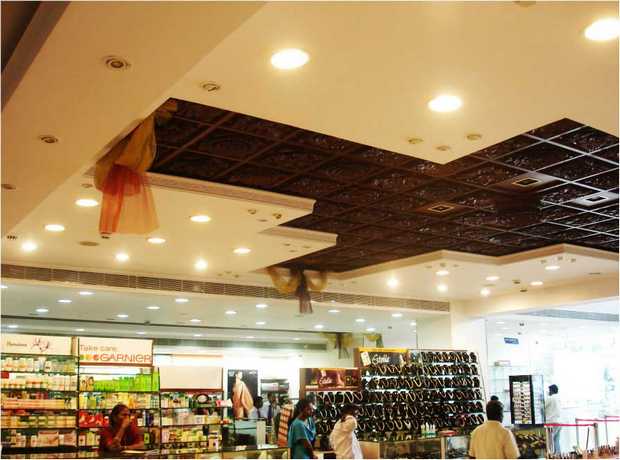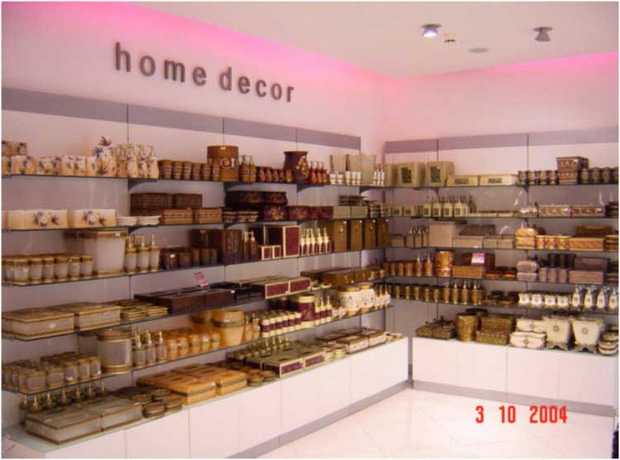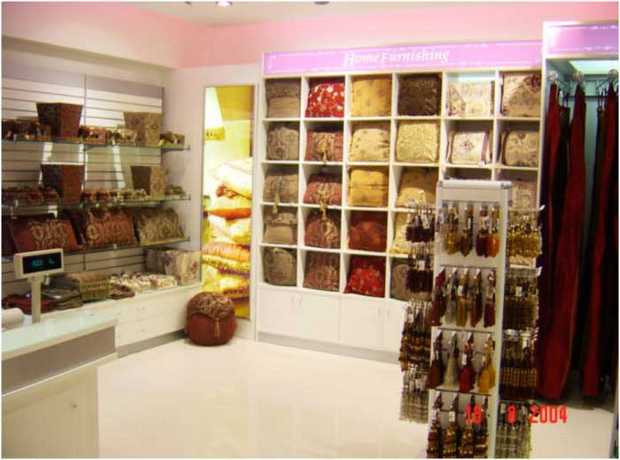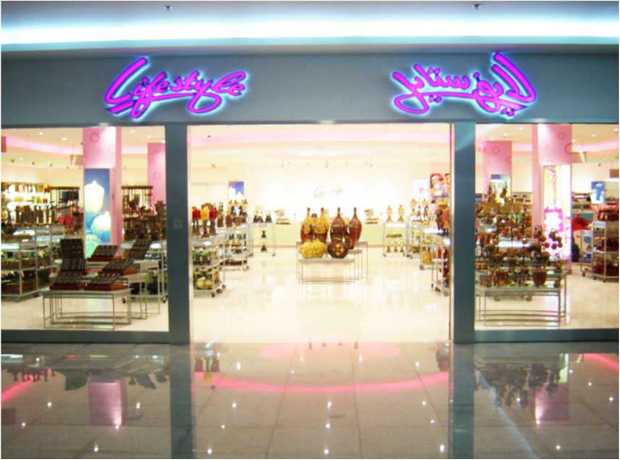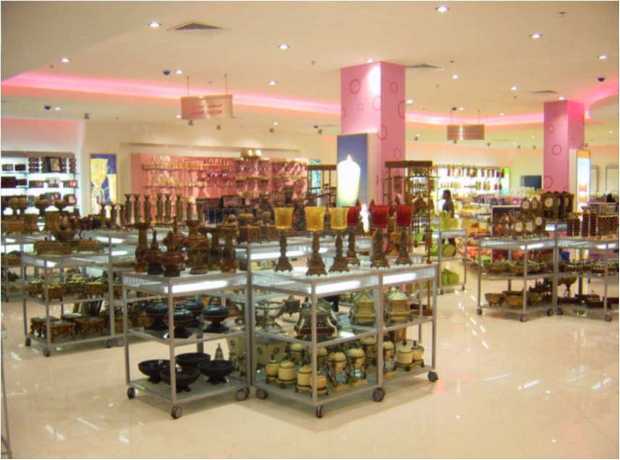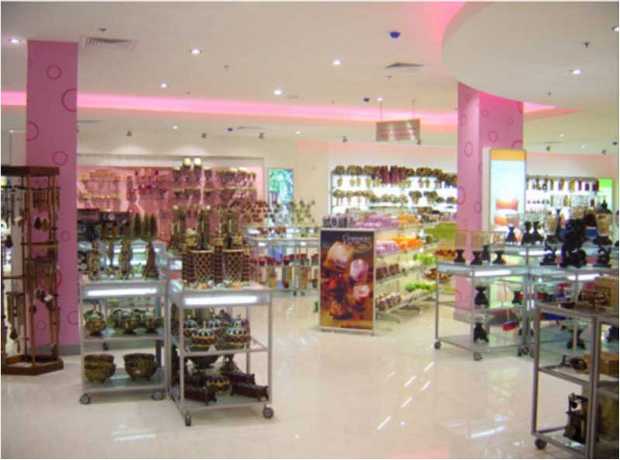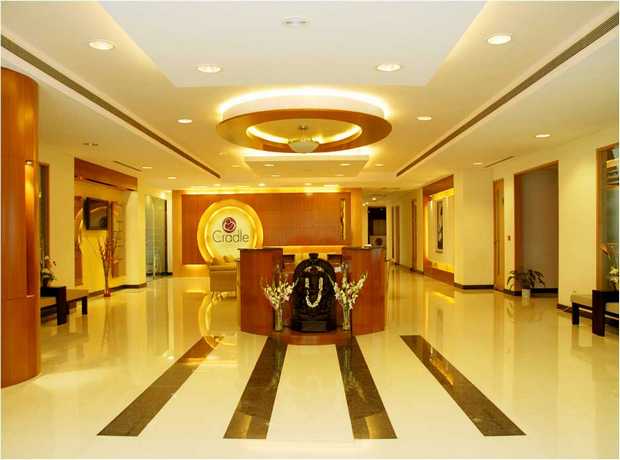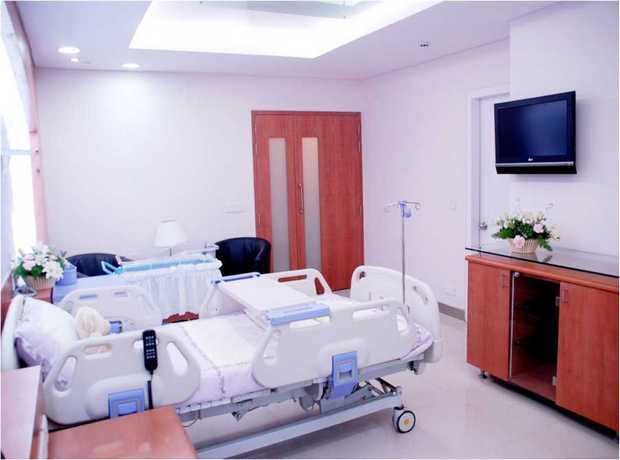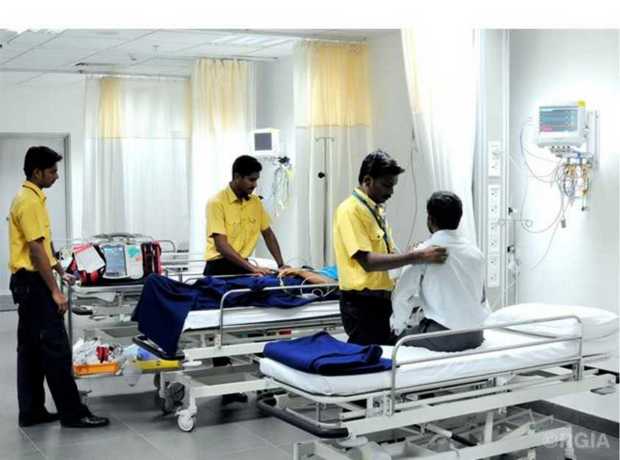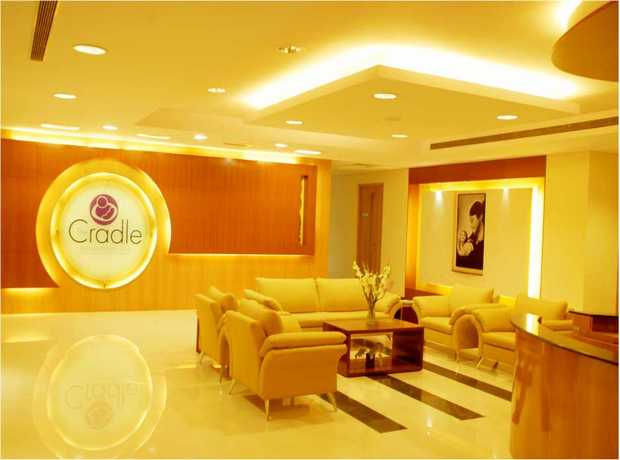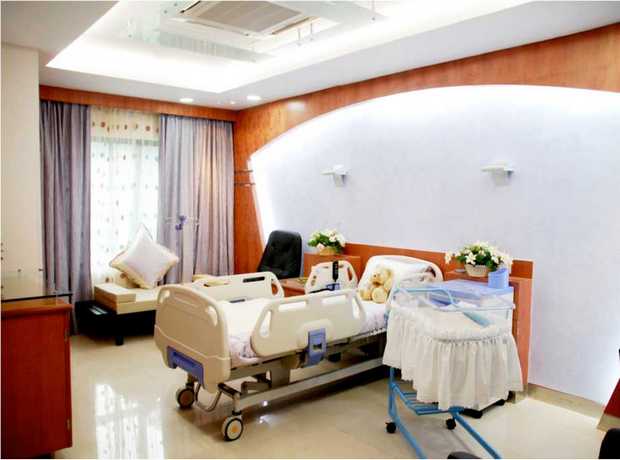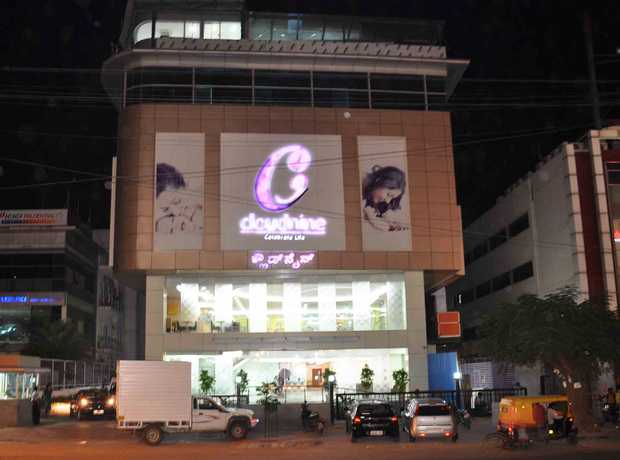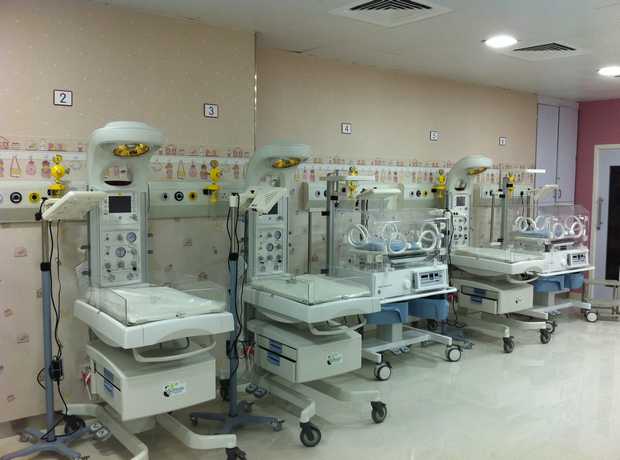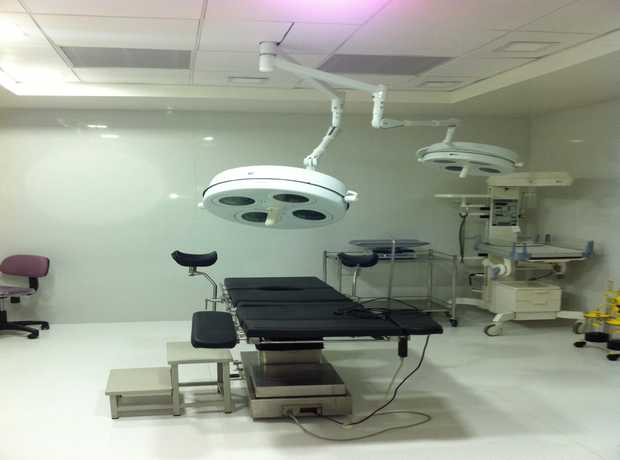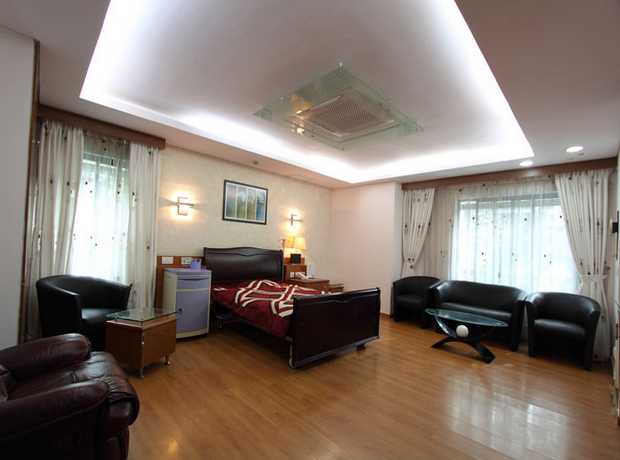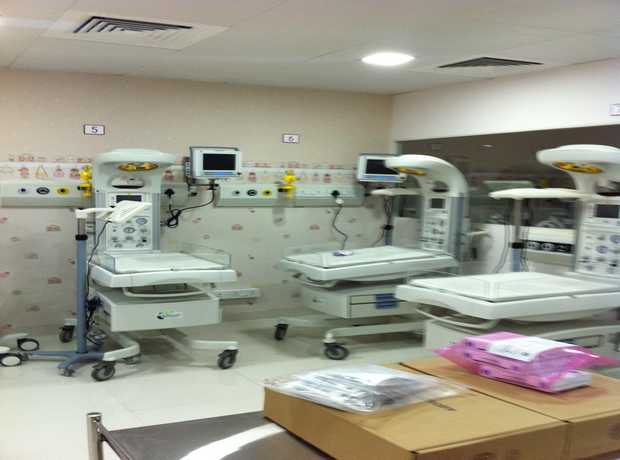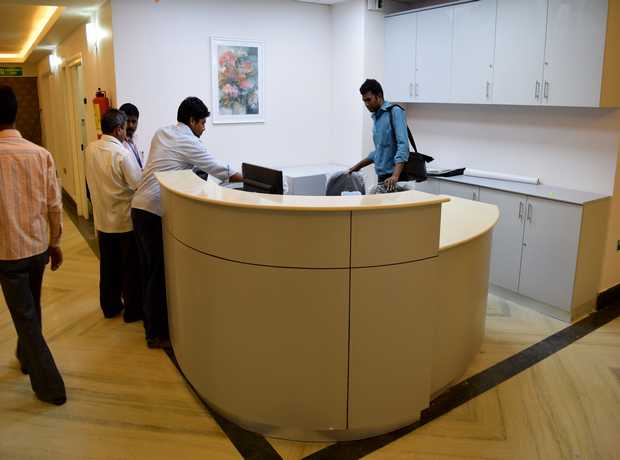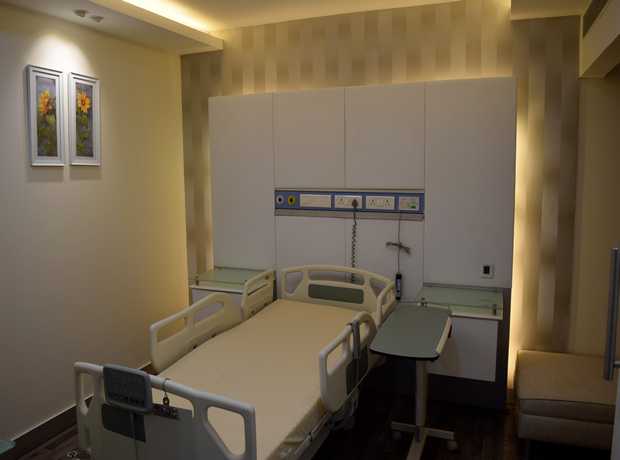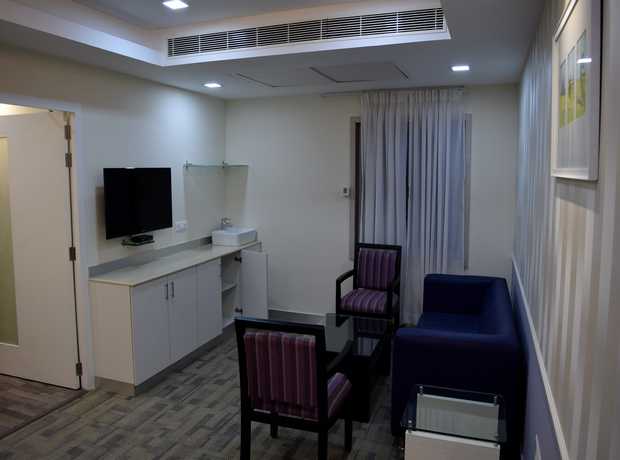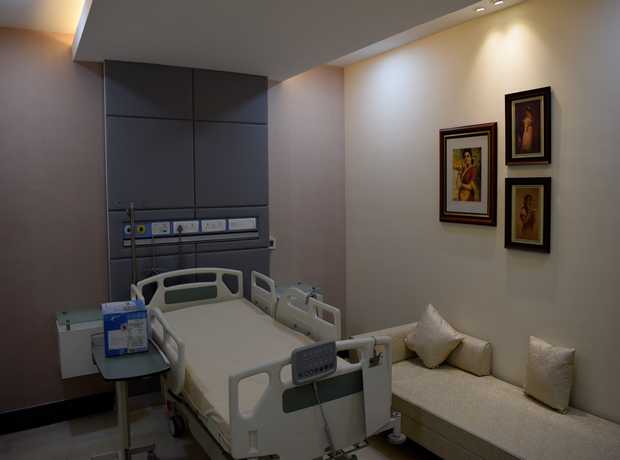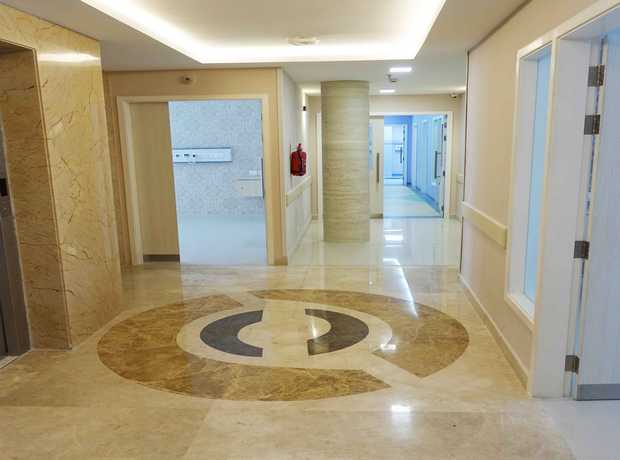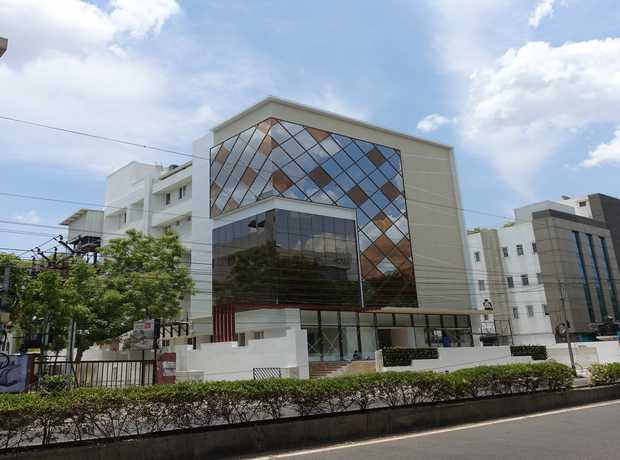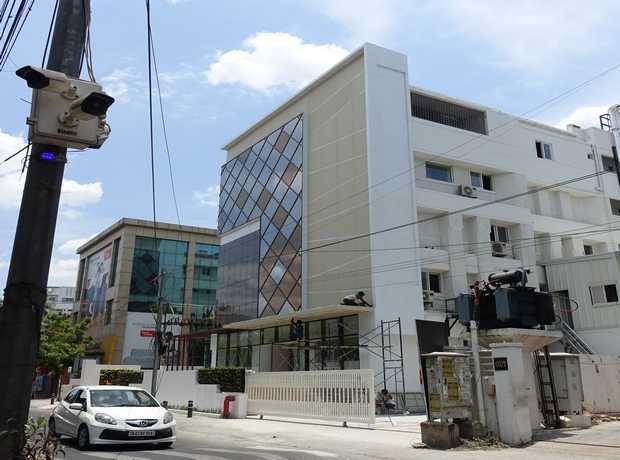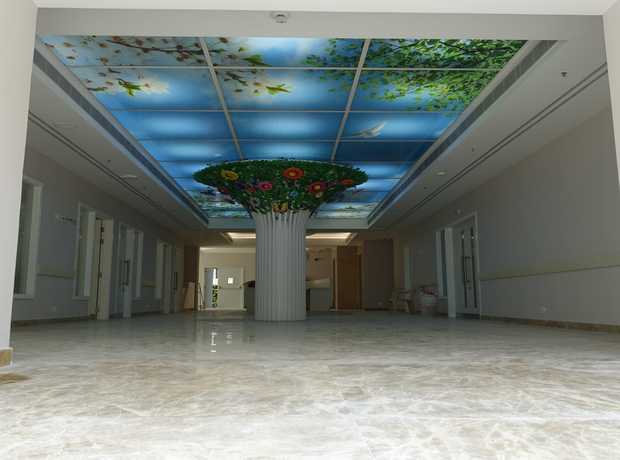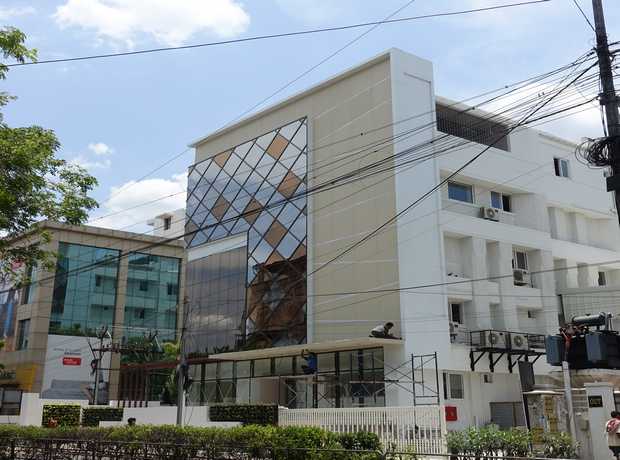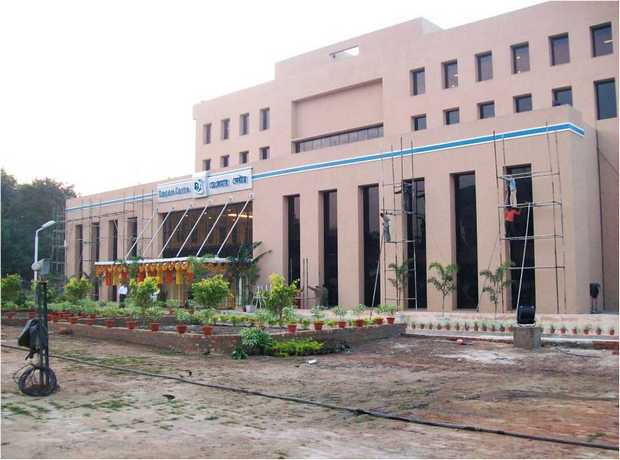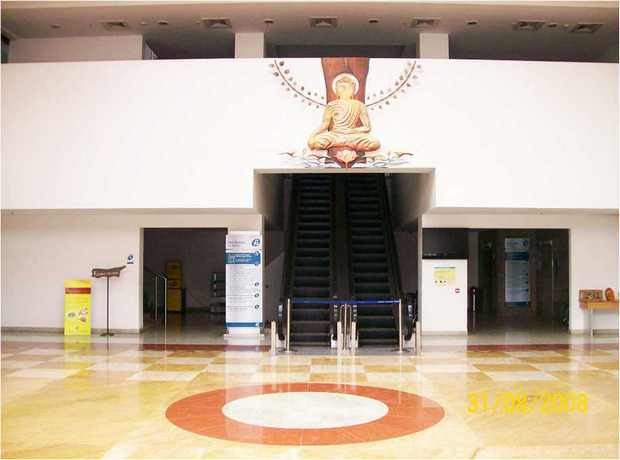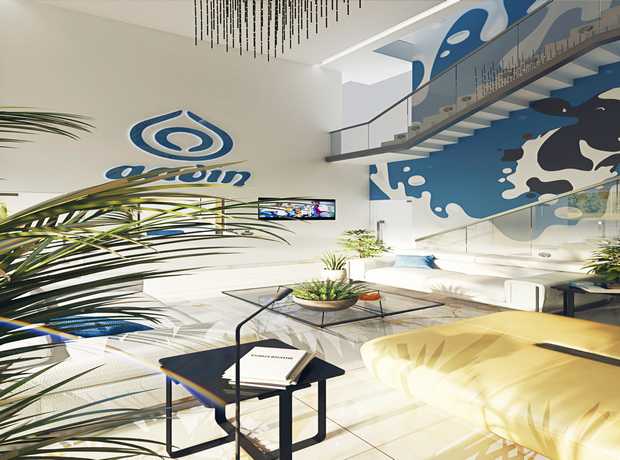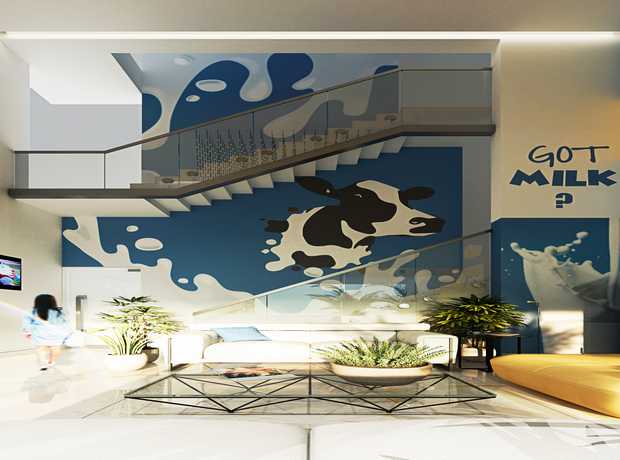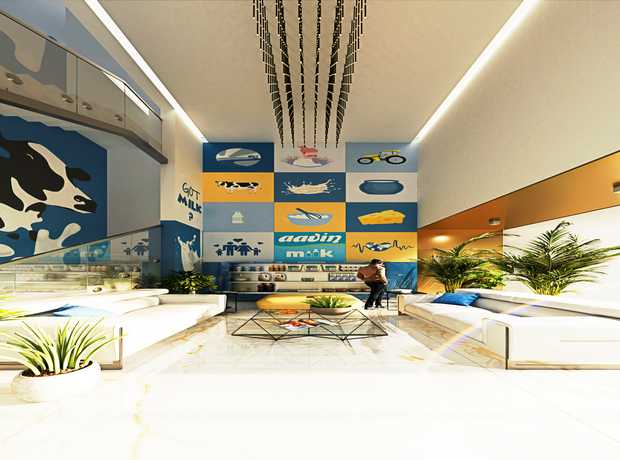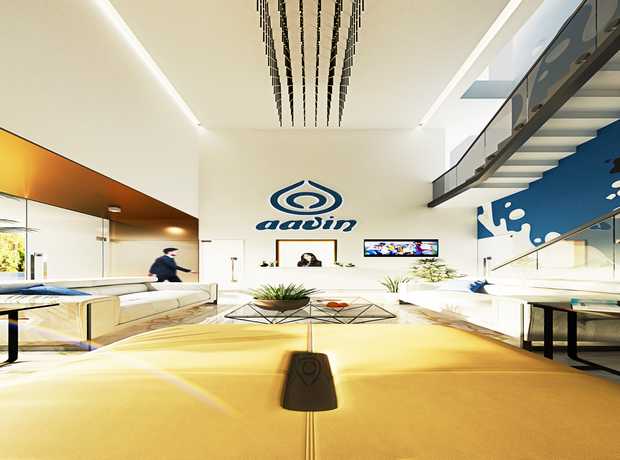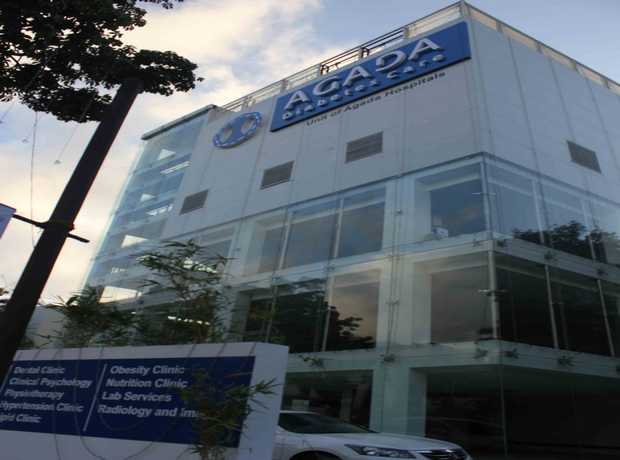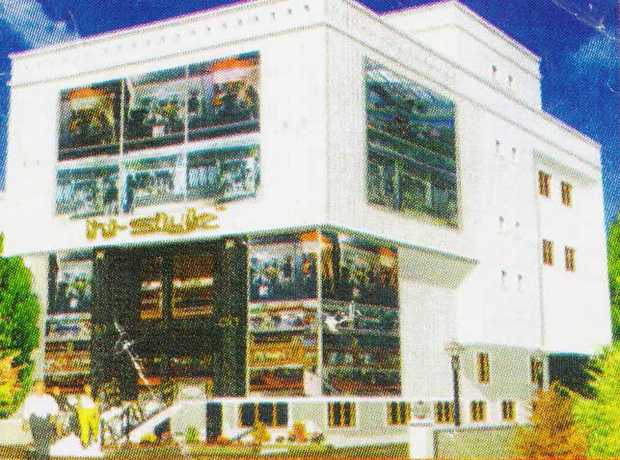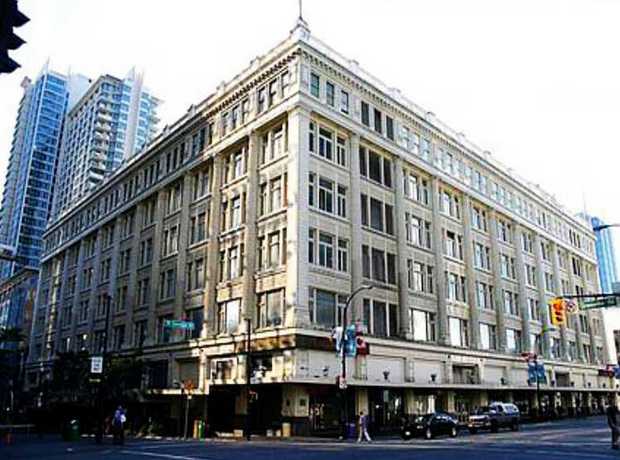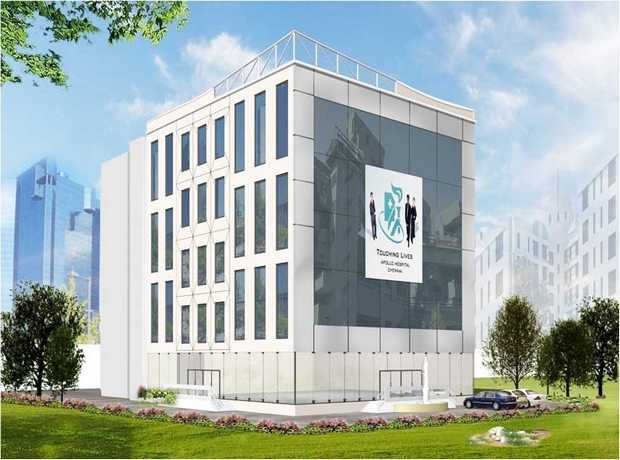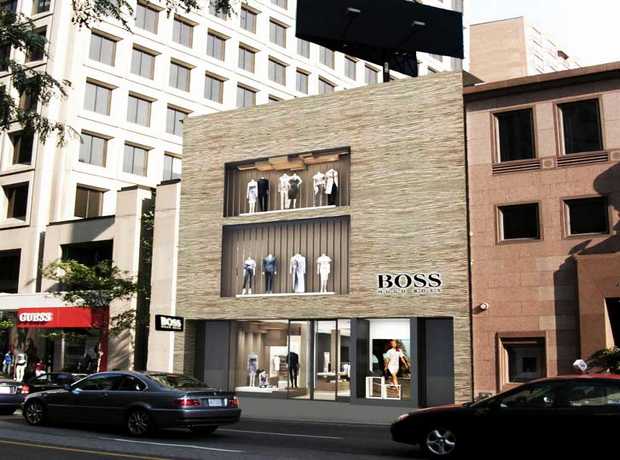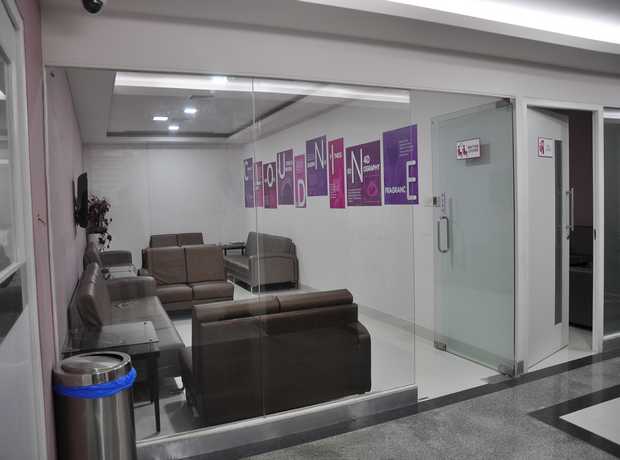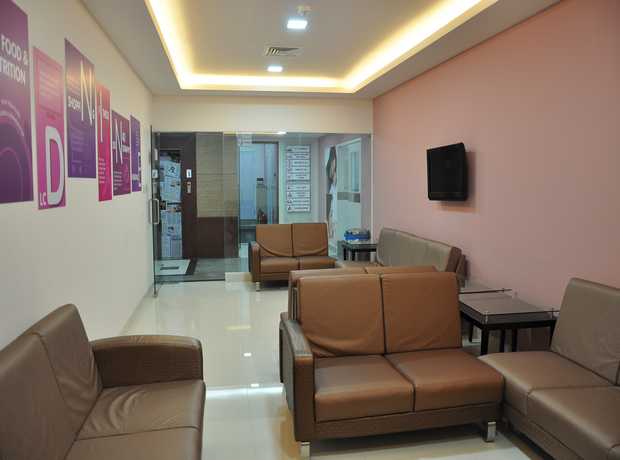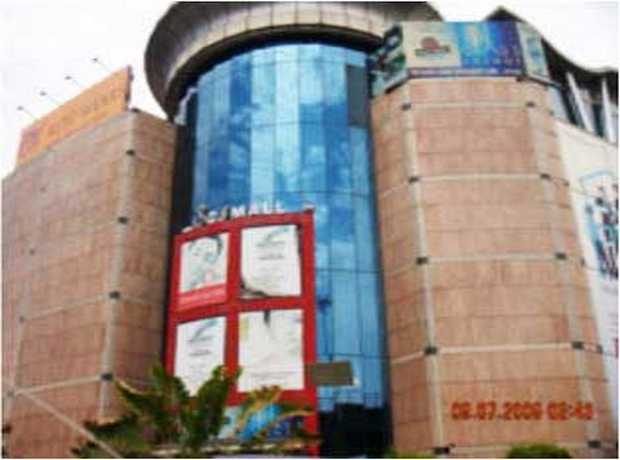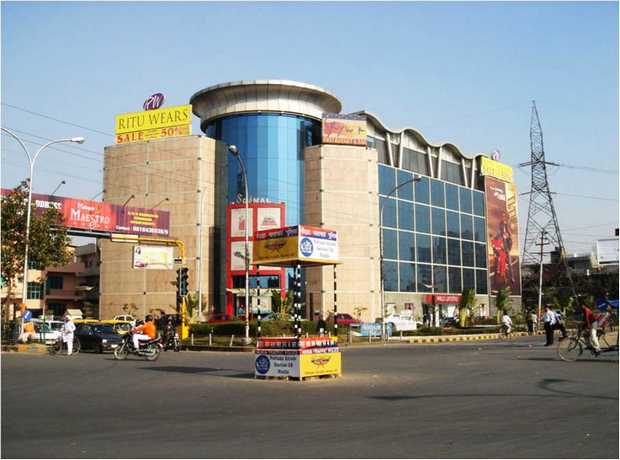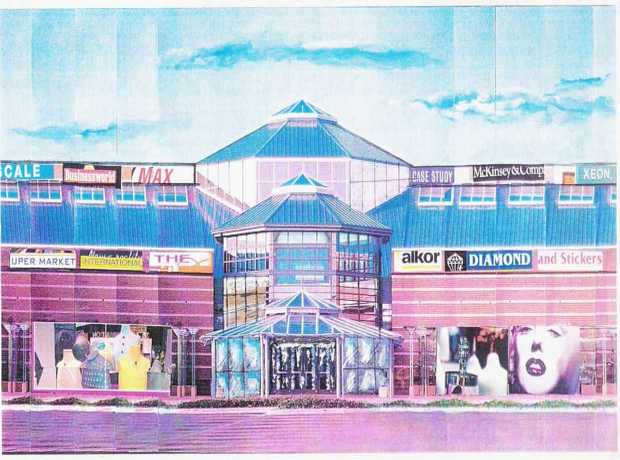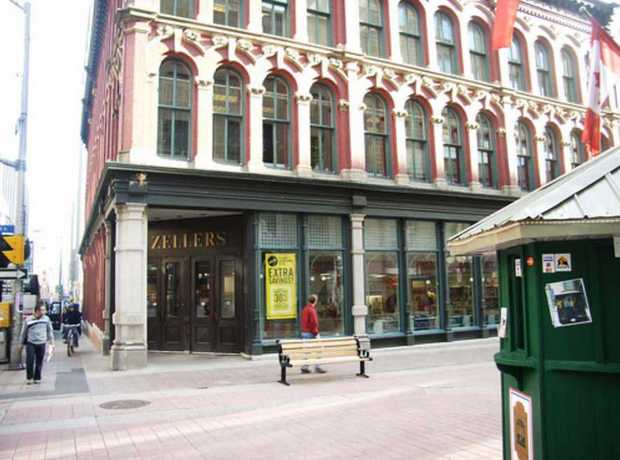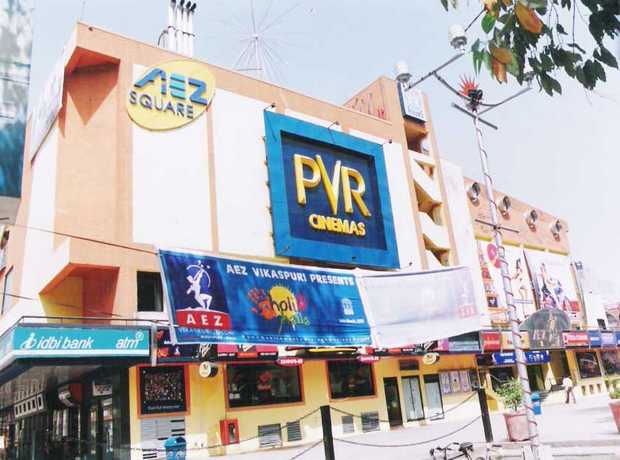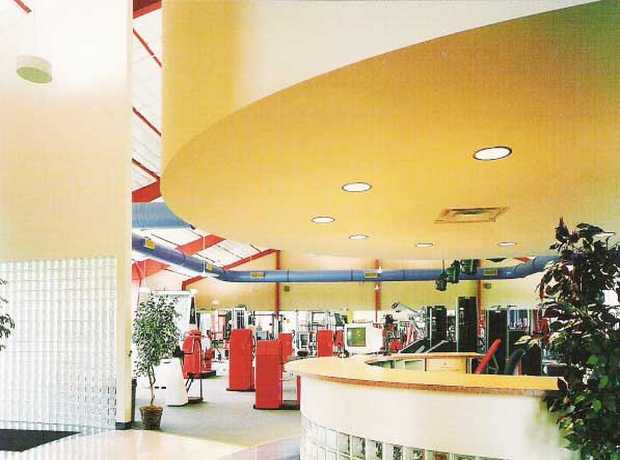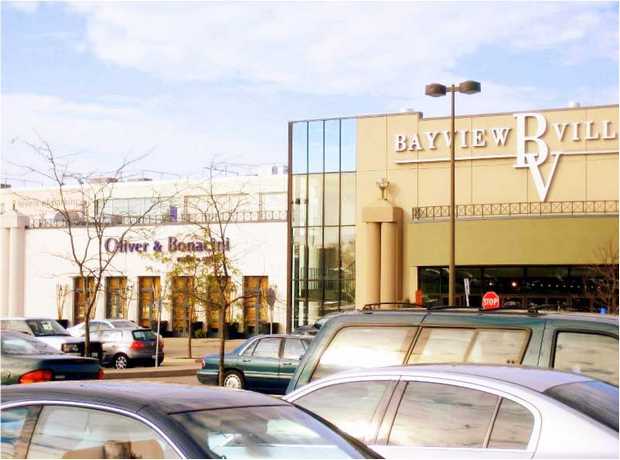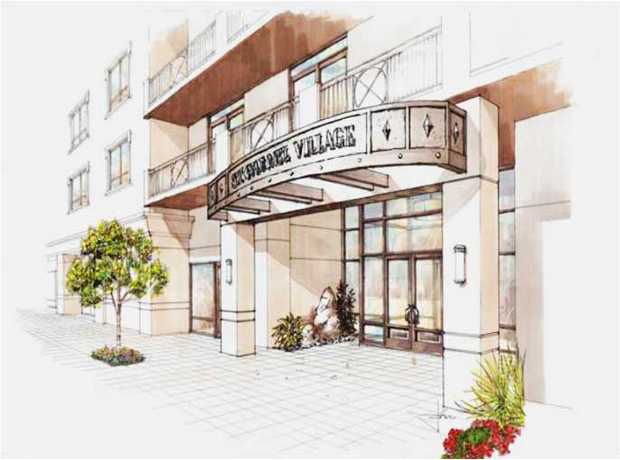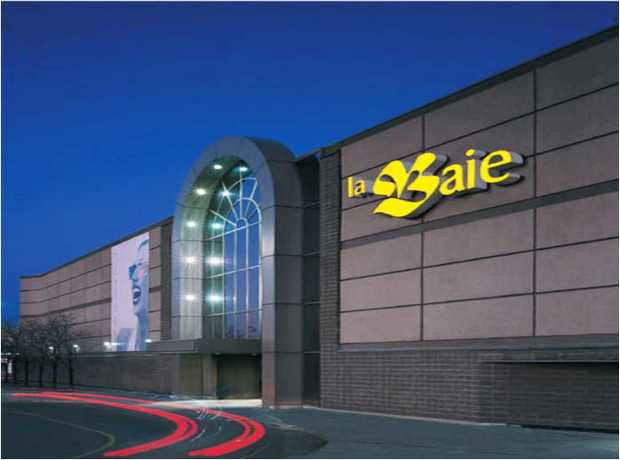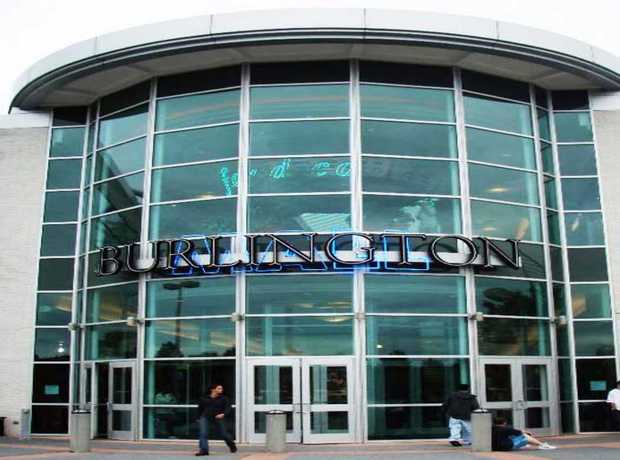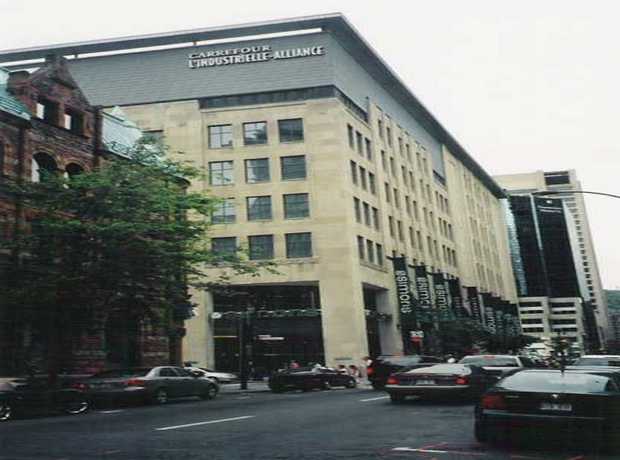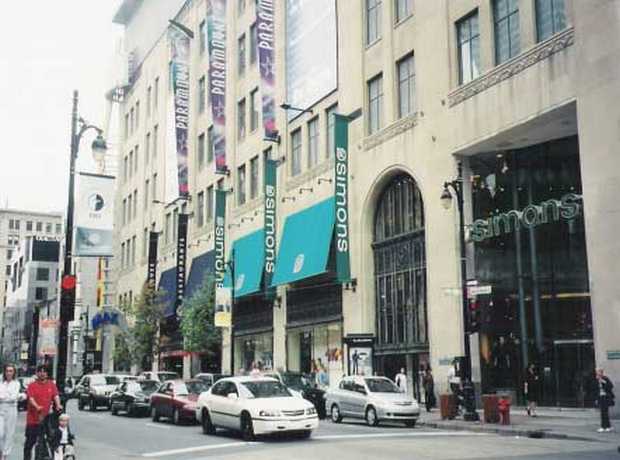Jeddah, a dynamic metropolis and a vital economic hub in the Kingdom of Saudi Arabia, is experiencing unprecedented growth. This rapid expansion is not limited to commercial and residential sectors but extends significantly into its healthcare infrastructure. With ambitious visions outlined in Saudi Vision 2030, the demand for world-class medical facilities is at an all-time high. Integral to these modern healthcare environments is a robust, reliable, and impeccably installed medical gas pipeline system. Far from being a mere utility, medical gases are lifeblood, powering critical medical procedures, aiding patient recovery, and sustaining life in emergencies. Therefore, the precision, safety, and compliance of medical gas pipeline installation in Jeddah are not just technical requirements but ethical imperatives. In 2025 and beyond, as regulations become increasingly stringent and patient safety expectations soar, avoiding common pitfalls in these installations is paramount. This comprehensive guide is meticulously crafted to equip healthcare providers, facility managers, architects, and developers with expert insights, ensuring their medical gas pipeline installation projects in Jeddah are not only successful but set new benchmarks for safety, efficiency, and operational excellence. From meticulous planning and material selection to adherence to global standards and post-installation support, we delve deep into every facet, empowering you to make informed decisions and partner with the best in the industry.
Why Expert Medical Gas Pipeline Installation in Jeddah is Critical
The significance of a flawlessly executed medical gas pipeline system cannot be overstated. It’s the silent yet indispensable backbone of any modern healthcare facility, from bustling general hospitals and specialized clinics to emergency response units. These systems are responsible for the uninterrupted delivery of essential medical gases such as oxygen, nitrous oxide, medical air, vacuum, and carbon dioxide directly to patient bedsides, operating theaters, intensive care units, and laboratories. Imagine a scenario where a critical surgery is underway, and the oxygen supply falters due to a faulty connection, or a patient in the ICU struggles because of inconsistent medical air pressure. Such failures are not merely inconvenient; they can be catastrophic, leading to severe patient harm or even fatalities. This stark reality underscores why expert medical gas pipeline installation in Jeddah is not an option, but an absolute necessity. It directly impacts patient safety, staff efficiency, and the overall operational integrity of the healthcare institution. A poorly designed or installed system can lead to gas leaks, cross-connections, contamination, inadequate pressure, or even system failures, all of which pose significant risks. Conversely, a system installed with precision, adhering to the highest international and local standards, ensures a continuous, uncontaminated, and correctly pressured supply of gases, safeguarding patient well-being and enhancing the capability of medical professionals. Choosing the right Jeddah medical gas pipeline installation company is therefore a decision of immense responsibility, one that should be made with a thorough understanding of the technical complexities, regulatory landscape, and the company’s track record. Skydome Designs, with our proven expertise and dedication to excellence, stands as a testament to what a reliable partner can bring to your project, ensuring every pipeline is a lifeline.
Understanding the Unique Challenges in Jeddah
While the fundamental principles of medical gas pipeline installation remain universal, undertaking such projects in Jeddah presents a distinct set of challenges that demand specialized knowledge and tailored solutions. The city’s geographical location and climate significantly influence material selection, installation techniques, and long-term maintenance strategies. Jeddah experiences exceptionally high temperatures for much of the year, often coupled with elevated humidity levels. These conditions can accelerate material degradation, particularly if substandard components are used. For instance, certain plastics or metals not designed for such environments can become brittle, corrode faster, or lose their structural integrity over time, compromising the entire system.
Furthermore, Jeddah’s coastal proximity means a higher saline content in the air, which can be highly corrosive to metallic components. Dust and sand ingress, common in arid and semi-arid regions, can also pose threats, potentially clogging filters or damaging sensitive equipment if not adequately protected. Robust sealing mechanisms, UV-resistant coatings, and high-grade, corrosion-resistant materials are therefore non-negotiable. Beyond environmental factors, navigating the local regulatory framework and obtaining the necessary permits demands expertise and experience. This process can be intricate and time-consuming without experienced guidance. A company with local expertise will not only be familiar with these specific requirements but also have established relationships with local authorities, streamlining the approval process and preventing costly delays. At Skydome Designs, we don’t just understand these challenges; we have integrated solutions into our core methodology. Our approach is to anticipate these unique environmental and regulatory factors from the design phase, employing robust engineering practices and selecting materials specifically engineered for resilience in Jeddah’s demanding conditions. This foresight and localized expertise are what enable us to deliver medical gas pipeline systems that are not only compliant but also durable, reliable, and future-proof in this dynamic urban landscape.
Key Considerations for Medical Gas Pipeline Installation in Jeddah
A successful medical gas pipeline installation project in Jeddah transcends mere pipe-laying. It is a symphony of precise planning, rigorous execution, and unwavering commitment to safety and quality. Several critical factors, when given due attention, coalesce to form the backbone of a system that delivers life-sustaining gases reliably and efficiently. Overlooking any of these details can introduce vulnerabilities that compromise patient safety, incur exorbitant costs, and undermine the operational integrity of the entire healthcare facility. Let’s delve deeper into each of these pivotal considerations.
1. Comprehensive Planning and Design
The initial phase of any medical gas pipeline project is arguably the most crucial. It begins with an exhaustive and detailed assessment of the facility’s current and projected needs. This isn’t just about counting beds; it involves understanding the types of medical procedures performed, the average patient load, peak demand scenarios (e.g., during multiple simultaneous surgeries or emergencies), and the specific types and quantities of gases required at each patient interface unit. Future expansion plans must also be factored in, ensuring the system can scale without requiring a complete overhaul. A truly comprehensive design must integrate seamless redundancy, ensuring that even if one component fails, the supply of critical gases remains uninterrupted. This might involve duplicate supply sources, dual pipelines, or strategically placed reserve systems.
The design must also meticulously adhere to all relevant local and international safety standards, such as HTM 02-01 (UK) and NFPA 99 (US), which dictate everything from pipe sizing and material specifications to alarm system placement and zone valve locations. Meticulous documentation, including detailed schematics, material specifications, and installation protocols, is vital for both the installation phase and future maintenance. At Skydome Designs, we elevate this planning process through the use of advanced Building Information Modeling (BIM). BIM allows for a holistic, 3D visualization of the entire system, enabling enhanced coordination with other building services (HVAC, electrical, plumbing), identifying potential clashes before construction begins, and facilitating precise value engineering. This integrated approach ensures optimal functionality, cost-efficiency, and a smoother installation process, setting the stage for a truly successful project. Our multi‑disciplinary reviews ensure every aspect is meticulously vetted, from concept to completion, resulting in a design that is robust, compliant, and optimized for long-term performance.
2. Selecting the Right Materials
The choice of materials is a cornerstone of a durable and safe medical gas pipeline system, particularly in an environment as challenging as Jeddah. The materials must not only meet but exceed international standards for medical gas applications. This typically means using seamless copper tubing, specifically degreased for medical use, which prevents contamination and ensures gas purity. All fittings, brazing alloys, valves, and manifold components must also be of medical-grade quality, designed to withstand the specific pressures and properties of the gases they will carry.
In Jeddah’s harsh environment, characterized by high temperatures, humidity, and potential salinity, corrosion resistance is not just a preference, but a critical requirement. Stainless steel components are often preferred for external elements or areas prone to moisture. All materials must be properly certified, with clear traceability from manufacture to installation. This traceability is vital for quality control and for addressing any potential issues down the line. Furthermore, all components, including alarm panels, pressure gauges, and shut-off valves, must be robust, reliable, and easily accessible for maintenance and emergency use. Compromising on material quality to cut costs is a false economy that can lead to catastrophic failures, expensive repairs, and, most importantly, jeopardize patient lives. Skydome Designs maintains strict protocols for material procurement, working only with trusted suppliers who provide certified, medical-grade components, ensuring every element of your medical gas system is built to last and perform flawlessly under any conditions.
3. Adherence to Safety Standards and Regulations
In the realm of medical gas pipeline installation, safety is not merely a guideline; it is an absolute imperative. Strict adherence to a comprehensive set of local and international safety standards is non-negotiable and forms the bedrock of a reliable and secure system. Internationally recognized standards such as HTM 02-01 (Health Technical Memorandum 02-01) from the UK and NFPA 99 (National Fire Protection Association 99) from the US are widely adopted globally and serve as benchmarks for best practices.
These standards meticulously detail requirements for design, installation, testing, verification, commissioning, and ongoing maintenance of medical gas pipeline systems. Beyond these global frameworks, it is crucial to understand and comply with all specific local regulations and codes stipulated by Saudi Arabian authorities, including the Ministry of Health and relevant civil defense bodies in Jeddah. These local regulations may have additional requirements pertaining to material specifications, licensing of personnel, inspection frequencies, and emergency protocols. A reputable installation company will possess a profound understanding of this multi-layered regulatory landscape and ensure that every aspect of the project is in full compliance. This includes implementing rigorous testing and inspection procedures at every stage of the installation process, from initial pipe runs to final connections. Regular training and certification of the installation team on these standards are also vital. Skydome Designs operates with an unwavering commitment to these safety standards, integrating them into every phase of our projects. Our proactive approach ensures that your medical gas system will not only pass regulatory inspections but will also provide unparalleled safety and reliability for years to come, a testament to our quality control tailored to Jeddah’s specific requirements.
4. Qualified Installation Team
Even the most meticulously planned design and the highest quality materials can be rendered ineffective if the installation is not executed by a highly skilled and experienced team. The specialized nature of medical gas pipeline systems demands technicians who possess not only general plumbing expertise but also specific certifications and a deep understanding of medical gas piping techniques, brazing standards, and safety protocols. The team must be proficient in working with medical-grade copper tubing, understanding gas characteristics, pressure requirements, and the critical importance of preventing contamination.
It is essential to ensure that the entire installation team, including supervisors and technicians, holds relevant industry certifications and has a proven track record of successful medical gas pipeline installations, particularly in complex healthcare environments. Ongoing training and continuous education are paramount to keep abreast of evolving technologies, updated safety standards, and new installation methodologies. This commitment to professional development ensures that the team’s expertise remains at the forefront of the industry. Skydome Designs is immensely proud of its award‑winning team, which brings over 29 years of collective experience to every project. Our in-house architects, healthcare planners, and project managers work synergistically with our certified technicians, ensuring that the installation is not only technically sound but also integrates seamlessly with the overall healthcare facility design. Our dedication to superior workmanship and the extensive experience of our personnel are key differentiators, ensuring that your installation is handled by true experts. This expertise has allowed us to deliver 2500+ medical gas pipeline installation assignments across Jeddah and globally over 24+ years, with a 99% on‑time delivery rate, ensuring project success.
5. Commissioning and Testing
The commissioning and testing phase is the ultimate verification point for the entire medical gas pipeline system. It is a meticulous, multi-stage process designed to confirm that the system functions exactly as designed, meets all regulatory requirements, and is entirely safe for patient use. This phase is non-negotiable and must never be rushed or compromised. Key tests include:
- Pressure Testing: This involves subjecting each segment of the pipeline to specific pressures, often higher than operational pressures, to identify any structural weaknesses or potential leak points. This is typically done with inert gases like nitrogen.
- Leak Testing: After initial pressure testing, the system is subjected to sustained pressure tests to detect even minute leaks that might not be apparent during initial pressure testing. Specialized leak detection solutions or electronic sniffers are often used.
- Cross-Connection Testing: This critical test ensures that there are no accidental interconnections between different gas systems, which could lead to fatal consequences (e.g., oxygen being supplied where medical air is expected).
- Gas Purity Analysis: Samples of gas from various terminal units are collected and analyzed to ensure they meet the specified purity levels and are free from contaminants (e.g., moisture, hydrocarbons, particulate matter).
- Alarm System Functionality: All alarm panels (area alarms, master alarms) must be tested to ensure they accurately detect and signal pressure fluctuations, supply source changes, or other critical events.
- Flow Rate and Pressure Verification: Each outlet is tested to ensure it delivers the correct flow rate and pressure for its designated gas, crucial for the proper functioning of medical equipment.
All testing results must be meticulously documented, signed off by qualified personnel, and presented to the client as part of the final handover. This comprehensive documentation provides a critical record for future maintenance, audits, and regulatory compliance. Skydome Designs prides itself on its rigorous commissioning and testing protocols, which often exceed baseline regulatory requirements. Our commitment to thoroughness ensures that when we declare a system operational, it is not only compliant but also performs with absolute reliability, underpinning patient safety and operational efficiency. Our post‑occupancy support further ensures long-term performance and peace of mind.
Common Mistakes to Avoid in Medical Gas Pipeline Installation in Jeddah
While the path to a successful medical gas pipeline installation is paved with careful planning and expert execution, it is equally important to be aware of the pitfalls that can lead to costly delays, operational inefficiencies, and, most critically, compromised patient safety. Avoiding these common mistakes can significantly contribute to the smooth and successful completion of your project in Jeddah.
- Inadequate Planning and Needs Assessment: The most frequent and often most detrimental mistake is rushing the initial planning phase. This includes failing to conduct a thorough needs assessment that considers both current requirements and future expansion, leading to a system that is either undersized, over-specified, or quickly becomes obsolete. A comprehensive design phase, integrating considerations like redundancy and emergency protocols, is often sacrificed for perceived speed, resulting in long-term inefficiencies and safety risks.
- Using Substandard Materials: The temptation to cut costs by opting for cheaper, non-medical-grade, or non-certified materials is a dangerous trap. Substandard pipes, fittings, valves, or alarm systems are prone to premature failure, corrosion (especially in Jeddah’s climate), leaks, and contamination. Such compromises inevitably lead to higher maintenance costs, frequent breakdowns, and potentially catastrophic safety incidents. Always insist on materials specifically certified for medical gas applications and traceable to reputable manufacturers.
- Neglecting Safety Standards and Regulations: A disregard for international benchmarks like HTM 02-01 and NFPA 99, or local Jeddah regulations, is a grave error. This can manifest as incorrect pipe sizing, improper brazing techniques, inadequate labeling, or failure to install critical safety components like zone valves or alarm systems. Non-compliance not only risks legal repercussions and project rejections during inspections but, more importantly, endangers lives.
- Poor Workmanship and Unqualified Installation Team: Entrusting a complex medical gas pipeline installation to an unqualified or inexperienced team is a recipe for disaster. Medical gas systems require specialized skills beyond general plumbing. Poor workmanship can lead to faulty connections, improper brazing, cross-connections, and contamination of the gas supply. Ensure that all technicians are certified, extensively trained in medical gas installation protocols, and have a proven track record.
- Insufficient Commissioning and Testing: Skipping or inadequately performing the crucial commissioning and testing procedures is a critical oversight. A system that hasn’t undergone rigorous pressure testing, leak testing, cross-connection verification, and gas purity analysis is a ticking time bomb. This phase is the only way to confirm the system’s integrity and safety before it becomes operational. Incomplete documentation of testing results further compounds this error, making future troubleshooting and compliance audits challenging.
- Lack of Proper Documentation and Record-Keeping: From initial design schematics and material certifications to testing reports and maintenance logs, comprehensive documentation is vital. Failure to maintain accurate and accessible records can impede future maintenance, upgrades, and regulatory compliance, making it difficult to trace issues or prove adherence to standards.
- Ignoring Maintenance and Post-Installation Support: Believing that installation is the end of the journey is a common mistake. Medical gas systems require ongoing, proactive maintenance to ensure their continued safety and reliability. Neglecting regular inspections, preventive maintenance, and calibration can lead to unforeseen failures and shorten the system’s lifespan. Partnering with a company that offers robust post-occupancy support is key to long-term success.
The Importance of Compliance and Regulations: Navigating the Global and Local Landscape in Jeddah
In the highly sensitive environment of healthcare, compliance with stringent regulations is not merely a bureaucratic hurdle; it is a fundamental pillar of patient safety and operational integrity. For medical gas pipeline installation in Jeddah, this means navigating a complex tapestry of international best practices harmonized with local Saudi Arabian standards. Understanding and meticulously adhering to these guidelines is critical to avoiding potentially catastrophic errors and ensuring the longevity and reliability of your system.
International Standards as Benchmarks: HTM 02-01 and NFPA 99
Two of the most widely recognized and respected international standards for medical gas pipeline systems are HTM 02-01 (Health Technical Memorandum 02-01) from the UK and NFPA 99 (National Fire Protection Association 99) from the US. These documents provide comprehensive guidelines covering every aspect of medical gas systems:
- HTM 02-01: This UK-based standard offers detailed guidance on the design, installation, validation, testing, commissioning, and maintenance of medical gas pipeline systems. It emphasizes critical aspects like redundancy, alarm systems, pipe sizing, material specifications (especially for copper and brazing), and strict cleanliness protocols. It also outlines the roles and responsibilities of various personnel involved in the lifecycle of the system.
- NFPA 99: The US-based NFPA 99, “Health Care Facilities Code,” provides requirements for the safe operation of healthcare facilities. For medical gas and vacuum systems, it covers aspects such as source equipment, distribution piping, alarm systems, warning systems, and patient care areas. It includes specific provisions for risk assessment and classification of healthcare facilities to determine the appropriate level of protection.
These standards serve as invaluable blueprints, ensuring that medical gas systems are designed and built to withstand the rigors of continuous use, maintain gas purity, and provide reliable delivery under all operational conditions.
Local Regulations in Jeddah and Saudi Arabia
While international standards provide a robust foundation, any medical gas pipeline installation in Jeddah must also rigorously comply with local Saudi Arabian regulations. These include directives from the Ministry of Health, Saudi Standards, Metrology and Quality Organization (SASO), and local municipal and civil defense authorities. Local regulations often adapt international best practices to the specific context of the Kingdom, potentially including additional requirements for environmental resilience (due to climate), specific testing frequencies, or particular administrative procedures for project approval and certification. A seasoned Jeddah medical gas pipeline installation company will possess an in-depth understanding of these local nuances, facilitating a smoother permitting process and ensuring full legal compliance. Skydome Designs has a proven track record of navigating these complex regulatory landscapes, ensuring every project not only meets but often exceeds the required standards, thus providing peace of mind and operational security for your healthcare facility. Our award‑winning team‘s extensive experience and transparent, milestone‑based reporting in Jeddah ensure that compliance is meticulously managed at every stage, from concept to commissioning.
The Technology Behind Medical Gas Systems: Components and Functionality
A modern medical gas pipeline system is a sophisticated network of interconnected components, each playing a vital role in the safe and continuous delivery of therapeutic gases. Understanding these elements is key to appreciating the complexity and importance of expert installation.
1. Gas Sources and Manifolds
The journey of medical gas begins at its source. This can include:
- Cylinder Manifolds: For smaller facilities or as backup systems, banks of high-pressure gas cylinders are connected via a manifold system. These often feature automatic changeover systems to ensure uninterrupted supply when one bank depletes.
- Bulk Liquid Storage Systems (Cryogenic Tanks): For larger hospitals, bulk liquid oxygen tanks are cost-effective and provide a continuous supply of medical oxygen. These systems require specialized installation for their very low temperatures.
- Medical Air Compressors: These units purify ambient air to medical-grade standards, removing moisture, oil, and particulates, providing a continuous supply of medical air for ventilators and other equipment.
- Medical Vacuum Systems: Consisting of vacuum pumps and receivers, these systems generate the negative pressure required for surgical suction and other medical procedures.
- AGSS (Anaesthetic Gas Scavenging Systems): These systems safely remove waste anesthetic gases from operating theaters, protecting staff from exposure.
2. Pipeline Distribution Network
The gases are distributed throughout the facility via a network of medical-grade copper pipelines. These pipes are meticulously sized to ensure adequate pressure and flow to all terminal units. Strict protocols for cleaning, degreasing, and brazing are followed to maintain gas purity and prevent leaks. Each gas has a specific color-coding (e.g., green for oxygen, yellow for medical air) for easy identification, further reinforced by clear labeling.
3. Zone Valve Boxes
Strategically placed throughout the facility, zone valve boxes allow for localized isolation of gas supplies. This is critical for maintenance, repairs, or in emergencies, enabling sections of the hospital to be shut off without affecting the entire system. Each valve is clearly labeled with the gas it controls and the area it serves.
4. Terminal Units (Outlets)
These are the points where medical gases are connected to patient equipment. They are designed with gas-specific connections (e.g., DISS, NIST, or quick-connect probes) to prevent cross-connection errors. Each outlet is also color-coded and clearly labeled to ensure the correct gas is delivered.
5. Alarm and Monitoring Systems
Integral to patient safety, central and area alarm systems continuously monitor gas pressures, supply levels, and system status. They alert staff to any deviations from normal operating parameters, providing early warnings of potential issues. These systems are typically multi-tiered, with local alarms in critical areas and a master alarm panel at a central control point.
A deep understanding of these technological components and their seamless integration is what distinguishes an expert installer. Skydome Designs’ extensive experience, with over 2500+ successful installations globally, means we are adept at designing and implementing the most advanced and reliable medical gas systems tailored to your facility’s specific technological needs and future growth.
Long-Term Reliability: Maintenance, Support, and System Lifespan
The successful installation of a medical gas pipeline system is only the beginning of its operational life. To ensure continuous safety, reliability, and optimal performance, a robust post-installation strategy encompassing ongoing maintenance, dedicated support, and a clear understanding of system lifespan is absolutely essential. Neglecting these aspects can rapidly undermine the initial investment and jeopardize patient care.
Proactive Maintenance Protocols
Regular, scheduled maintenance is paramount. This goes beyond reactive repairs and focuses on preventive measures to identify and address potential issues before they escalate. A comprehensive maintenance plan should include:
- Periodic Inspections: Visual checks of all exposed piping, components, and connections for signs of wear, corrosion, or damage.
- Pressure and Leak Testing: Regular re-testing of the system to detect any new leaks or pressure drops that may have developed over time.
- Gas Purity Analysis: Periodic checks to ensure the continued purity of delivered gases, verifying they remain free from contaminants.
- Alarm System Calibration and Testing: Ensuring all central and area alarms are functioning correctly, accurately detecting and signaling pressure changes or supply issues.
- Source Equipment Checks: Regular maintenance of compressors, vacuum pumps, manifold systems, and bulk tanks, including filter changes, lubricant checks, and operational tests.
- Terminal Unit Verification: Ensuring that all patient outlets are delivering the correct gas at the appropriate pressure and flow, and that specific probes fit correctly.
Documentation of all maintenance activities, including dates, findings, and actions taken, is critical for compliance and troubleshooting.
Post-Occupancy Support: A Lifeline for Your Facility
Choosing an installation partner who offers comprehensive post-occupancy support is a strategic decision. This support can manifest in various forms:
- Emergency Response: Availability of skilled technicians for urgent call-outs to address unexpected system failures or critical issues.
- Technical Consultations: Ongoing expert advice for facility staff on system operation, minor troubleshooting, and best practices.
- Training for Facility Staff: Providing necessary training to hospital maintenance and clinical staff on basic system monitoring, emergency shutdown procedures, and safe operation.
- Spare Parts Management: Access to genuine spare parts and components to ensure quick repairs and minimize downtime.
- System Upgrades and Modernization: Guidance and execution for future system upgrades or expansions as facility needs evolve or new technologies emerge.
Skydome Designs prides itself on its commitment to long-term client relationships. Our post‑occupancy support model is designed to ensure the sustained reliability and safety of your medical gas pipeline system in Jeddah. This commitment is a core reason why our clients benefit from 99% on‑time delivery and continuous operational excellence, supported by multi‑disciplinary reviews even after project completion.
Understanding System Lifespan
While a well-installed and maintained medical gas system can operate for many decades, components will eventually reach the end of their service life. Proactive planning for eventual upgrades or replacements is wise. Factors influencing lifespan include:
- Material quality and environmental resilience.
- Frequency and quality of maintenance.
- Technological advancements making older systems less efficient or compliant.
- Changes in regulatory requirements.
Partnering with an expert like Skydome Designs ensures that not only is your initial installation robust, but you also have a trusted advisor for the entire lifecycle of your medical gas system, enabling strategic planning for the future. We believe in providing transparent costs and milestone‑based reporting not just during installation but throughout our engagement, offering clarity and confidence in your investment.
Skydome Designs: Your Trusted Partner for Medical Gas Pipeline Installation and Healthcare Infrastructure in Jeddah
In the highly specialized and critically important field of medical gas pipeline installation, selecting the right partner is not merely a preference; it is a fundamental pillar of project success and, more importantly, patient safety. Skydome Designs Pvt Ltd stands as a beacon of excellence and reliability, not just as a leading architecture and interior design firm, but as a recognized authority in comprehensive healthcare infrastructure solutions, including state-of-the-art medical gas pipeline installations. Our deep-rooted expertise and unparalleled track record position us as the premier choice for your projects in Jeddah and beyond.
A Legacy of Excellence: Nearly Three Decades of Innovation
With nearly 30 years of dedicated experience, Skydome Designs has cultivated a legacy of delivering innovative, sustainable, and highly functional spaces. Our journey began with a vision to enhance operational efficiency and elevate user experiences across various sectors, particularly within the demanding environment of healthcare. This extensive experience has allowed us to refine our methodologies, embrace cutting-edge technologies, and build an understanding of the intricate requirements that define world-class healthcare facilities. Our commitment to excellence has not only earned us numerous accolades but, more importantly, the trust of our clients globally.
Unrivaled Expertise in Medical Gas Pipeline Installation
While our portfolio spans diverse architectural and interior design projects, our specialization in healthcare interiors naturally extends to the critical domain of medical gas pipeline installations. We are not just designers; we are holistic solution providers. We have successfully delivered 2500+ medical gas pipeline installation assignments across Jeddah and globally over 24+ years. This staggering number is a testament to our profound expertise, meticulous execution, and unwavering commitment to safety and quality. Our experience encompasses a wide spectrum of healthcare settings, from large-scale multi-specialty hospitals to specialized clinics and emergency centers.
What Sets Skydome Designs Apart in Jeddah?
When you choose Skydome Designs for your medical gas pipeline installation in Jeddah, you are partnering with a firm that offers a distinct advantage:
- Award-Winning Team & Expertise: Our team comprises in-house architects, healthcare planners, certified medical gas pipeline experts, and project managers. This multi-disciplinary approach ensures seamless integration of medical gas systems with the overall architectural and functional design of your facility. Our award‑winning team brings creativity, technical prowess, and a client-focused approach to every challenge.
- Proven Track Record and Reliability: The statistic of 2500+ medical gas pipeline installation assignments across Jeddah and globally over 24+ years speaks volumes about our reliability and capacity. Furthermore, our dedication to project timelines is evidenced by an astounding 99% on‑time delivery rate, a critical factor in healthcare where delays can have significant implications.
- Comprehensive Quality Assurance: We employ rigorous quality control measures at every stage, from material procurement to final commissioning. Our projects benefit from multi‑disciplinary reviews, ensuring that every detail is meticulously vetted by experts from different fields, leading to robust and compliant installations.
- Advanced Project Management: We leverage the power of BIM (Building Information Modeling) for enhanced coordination and value engineering, particularly crucial in complex healthcare projects. This technology allows for precise planning, clash detection, and optimized resource allocation, ensuring that your project is delivered with maximum efficiency. We provide milestone‑based reporting in Jeddah, ensuring complete transparency and keeping you informed every step of the way.
- Value Engineering for Optimal Solutions: Our commitment to value engineering means we continuously seek out the most efficient, cost-effective, and sustainable solutions without ever compromising on quality or safety. This approach is meticulously tailored to Jeddah‘s unique climate, regulations, and infrastructure.
- Post-Occupancy Support: Our engagement doesn’t end at commissioning. We provide robust post‑occupancy support, ensuring the long-term performance and safety of your medical gas system. This includes maintenance guidance, emergency response, and ongoing consultation to adapt to your evolving needs.
- Transparent Costs: We believe in clarity and honesty in all our dealings. Our approach ensures transparent costs, providing detailed breakdowns and avoiding hidden fees, giving you full control over your budget.
Beyond Pipelines: Holistic Healthcare Design
Our expertise extends well beyond medical gas pipelines, offering a holistic approach to healthcare facility development:
- Hospital Interior Design: We create patient rooms, ICUs, OTs, labs, and consultation areas that prioritize patient comfort, staff efficiency, and infection control, optimizing the entire care environment.
- OT Design (Operating Theatre Design): Specializing in the intricate requirements of OTs, we design spaces that facilitate seamless surgical workflows, integrate advanced medical technology, and adhere to the highest sterility standards.
- Healthcare Architect Services: Our team acts as dedicated healthcare architects, translating complex medical requirements into functional, aesthetic, and compliant building designs.
- Wayfinding Optimization: Crucial in large healthcare campuses, we integrate intuitive wayfinding strategies to improve patient flow, reduce stress, and enhance staff efficiency.
Skydome Designs is more than a contractor; we are a strategic partner committed to building healthcare environments that empower healing and operational excellence. Our comprehensive service offerings mean you have a single, reliable point of contact for all your critical healthcare infrastructure needs in Jeddah.
Ready to elevate your healthcare facility with expert medical gas pipeline installation and integrated design solutions in Jeddah?
Contact Skydome Designs today for expert medical gas pipeline installation services in Jeddah! 📞 +91 7299072144 | ✉️ info@skydomedesigns.com
Explore our portfolio and learn more about our comprehensive services.
Future Trends in Medical Gas Installation: Innovating for Tomorrow’s Healthcare
The healthcare landscape is continuously evolving, driven by technological advancements, changing patient demographics, and increasing demands for efficiency and safety. Medical gas pipeline installation, while rooted in fundamental principles, is also embracing innovation to meet these future needs. Understanding these trends can help healthcare facilities in Jeddah prepare for the future and invest in systems that are truly future-proof.
1. Smart Systems and IoT Integration
The Internet of Things (IoT) is making its way into medical gas systems, enabling real-time monitoring and predictive maintenance. Smart sensors can track pressure, flow rates, and gas purity at multiple points in the system, transmitting data to a central control system. This allows for:
- Proactive Problem Detection: Anomalies can be flagged before they become critical issues.
- Optimized Maintenance: Maintenance can be scheduled based on actual system performance and wear, rather than fixed intervals.
- Remote Monitoring: Facility managers can monitor the system from anywhere, ensuring rapid response to alarms.
- Data Analytics: Long-term data can be analyzed to identify trends, optimize gas consumption, and improve system efficiency.
2. Enhanced Digitalization and Automation
Beyond IoT, the entire management of medical gas systems is becoming more digitalized. Automated changeover systems for manifolds, digital control panels for compressors and vacuum pumps, and integrated building management systems (BMS) are becoming standard. This automation reduces the need for manual intervention, minimizes human error, and ensures a more consistent and reliable supply.
3. Focus on Energy Efficiency and Sustainability
As healthcare facilities strive for greater sustainability, energy efficiency in medical gas systems is gaining prominence. This includes:
- High-Efficiency Compressors and Vacuum Pumps: Newer models are designed to consume less energy for the same output.
- Optimized Sizing: Precise system design ensures that equipment is not oversized, leading to unnecessary energy consumption.
- Waste Anesthetic Gas Scavenging (WAGS) Improvements: More efficient systems for removing and, in some cases, even reclaiming anesthetic gases.
4. Modular and Pre-Fabricated Systems
To speed up installation times and ensure consistent quality, modular and pre-fabricated medical gas components are becoming more common. These systems are assembled and tested off-site in controlled environments, then transported and quickly integrated into the hospital structure. This reduces on-site labor, minimizes disruption, and enhances quality control.
5. Advanced Materials and Brazing Techniques
While copper remains the standard, research into new, even more robust, and corrosion-resistant materials is ongoing. Similarly, advancements in brazing techniques and joint integrity testing are continuously improving the long-term reliability of connections, further reducing the risk of leaks and contamination.
Skydome Designs is committed to staying at the forefront of these technological advancements. Our BIM‑led coordination and value engineering processes not only ensure that current best practices are implemented but also allow us to integrate future-ready solutions into your medical gas pipeline installation projects in Jeddah. We design for today, with an eye firmly on tomorrow, ensuring your investment remains robust and relevant for decades to come.
Conclusion
The successful implementation of a state-of-the-art medical gas pipeline installation in Jeddah is a multifaceted endeavor, demanding far more than technical proficiency alone. It requires an intricate blend of meticulous planning, unwavering adherence to the highest safety and regulatory standards, a deep understanding of unique local challenges, and the invaluable expertise of a seasoned installation partner. As Jeddah continues its journey of rapid development and investment in world-class healthcare infrastructure, the imperative for flawlessly executed medical gas systems will only intensify. Every connection, every pipe, and every alarm system represents a crucial link in the chain of patient care, making precision and reliability non-negotiable.
By consciously avoiding common pitfalls such as inadequate planning, substandard materials, and insufficient testing, healthcare providers can safeguard their investments and, more importantly, the lives entrusted to their care. Choosing a partner like Skydome Designs means aligning with a legacy of excellence, a team of award‑winning experts, and a commitment to delivering superior, compliant, and sustainable solutions. Our extensive experience, with over 2500+ successful medical gas pipeline installations across Jeddah and globally, combined with our 99% on‑time delivery rate and comprehensive post‑occupancy support, positions us as the undisputed leader in this critical domain. We are dedicated to ensuring that every project is executed with transparent costs, robust quality control, and innovative, BIM‑led coordination tailored to Jeddah’s requirements.
In the dynamic and demanding environment of healthcare, compromise is not an option. Entrusting your medical gas pipeline installation to Skydome Designs ensures not just compliance, but unparalleled safety, efficiency, and peace of mind for your facility. We invite you to leverage our nearly three decades of expertise to build a safer, more efficient, and ultimately, more compassionate healthcare environment for the communities of Jeddah.
Don’t leave the critical safety of your medical gas systems to chance. Contact Skydome Designs today for a comprehensive consultation and let us help you design and implement a medical gas pipeline system that sets the standard for excellence in Jeddah. 📞 +91 7299072144 | ✉️ info@skydomedesigns.com
Visit our website to explore our full range of healthcare design and installation services.
FAQ: Medical Gas Pipeline Installation in Jeddah
What are the key safety standards for medical gas pipeline installation in Jeddah?
Key safety standards are typically a combination of international benchmarks and local regulations. Internationally, these include HTM 02-01 (UK Health Technical Memorandum) and NFPA 99 (US National Fire Protection Association Health Care Facilities Code). Locally in Jeddah, compliance with directives from the Saudi Ministry of Health, SASO (Saudi Standards, Metrology and Quality Organization), and relevant municipal and civil defense authorities is mandatory. These standards cover every aspect, from design and material specifications to installation, testing, commissioning, and ongoing maintenance to ensure ultimate patient safety and system reliability.
How do I choose the right Jeddah medical gas pipeline installation company?
When selecting a Jeddah medical gas pipeline installation company, look for several critical attributes: a proven track record of successful installations (ideally within Jeddah), an extensive project portfolio (like Skydome Designs’ 2500+ assignments globally), a team of highly experienced and certified technicians and engineers, and a strong commitment to adhering to both international and local safety standards. Transparency in costs, clear communication, the ability to offer comprehensive design-to-commissioning services, and robust post-occupancy support are also vital indicators of a reliable partner. Always request client testimonials and verify their licensing and certifications.
What is the typical timeline for a medical gas pipeline installation project in Jeddah?
The timeline for a medical gas pipeline installation project in Jeddah varies significantly based on the project’s scope, complexity, and the size of the healthcare facility. A smaller clinic might require a few weeks, while a large-scale hospital or a comprehensive renovation could span several months, including design, procurement, installation, and rigorous testing phases. Factors such as material availability, regulatory approval processes, and coordination with other construction trades also influence the schedule. A reputable company like Skydome Designs will provide a detailed project plan with clear milestones and our 99% on‑time delivery rate ensures projects stay on track.
What are the costs associated with medical gas pipeline installation in Jeddah?
The costs for medical gas pipeline installation in Jeddah are highly variable and depend on numerous factors. These include the size and type of the healthcare facility, the number and types of medical gases required, the complexity of the distribution network, the specific medical-grade materials used, the chosen technology (e.g., bulk liquid oxygen vs. cylinders), labor costs, and the extent of required testing and certification. Obtaining detailed, transparent quotes from experienced vendors is crucial. Skydome Designs provides clear, transparent costs and milestone‑based reporting in Jeddah to ensure you have a full understanding of your investment.
What type of maintenance is required for a medical gas pipeline system after installation?
Regular and proactive maintenance is crucial for the long-term safety and reliability of a medical gas pipeline system. This typically includes periodic visual inspections, pressure and leak testing, gas purity analysis, calibration and testing of alarm systems, and routine servicing of source equipment (compressors, vacuum pumps, manifolds). A comprehensive maintenance plan should also outline emergency response procedures and staff training. Skydome Designs offers robust post‑occupancy support to ensure your system continues to operate safely and efficiently long after installation, safeguarding your investment and patient well-being.
How does Jeddah’s climate impact medical gas pipeline installation?
Jeddah’s climate, characterized by high temperatures, humidity, and potential for dust and salinity, significantly impacts medical gas pipeline installation. These conditions necessitate the use of high-quality, corrosion-resistant materials (e.g., medical-grade copper, stainless steel for specific components), robust sealing techniques, and potentially UV-resistant coatings. Proper insulation and protection against dust ingress are also critical to prevent material degradation and system contamination. An experienced installer like Skydome Designs understands these challenges and integrates climate-resilient solutions into both design and material selection.
Can Skydome Designs provide comprehensive hospital design services in addition to medical gas installation?
Absolutely. Skydome Designs is a full-service architecture and interior design firm specializing in healthcare. Our expertise extends beyond medical gas pipeline installation to comprehensive hospital interior design, OT design, and acting as your dedicated healthcare architect. We offer integrated solutions covering space planning, furniture layouts, lighting, wayfinding optimization, and turnkey interior execution, ensuring a cohesive, functional, and aesthetically pleasing healthcare environment from concept to completion. This holistic approach ensures seamless coordination between all critical building systems and design elements.
Further Reading: For more information on hospital design standards, consider researching resources from the American Institute of Architects (AIA) and the World Health Organization (WHO) for global healthcare infrastructure guidelines.
